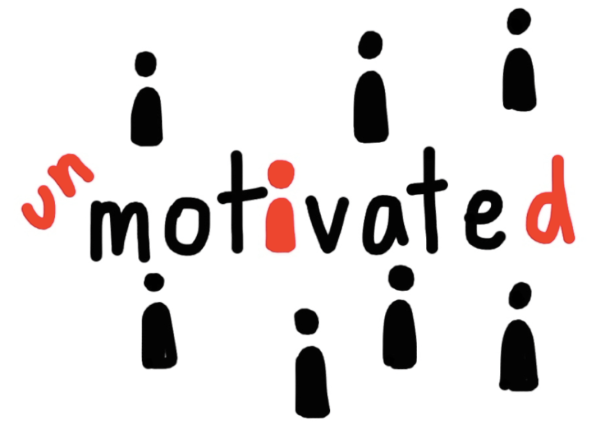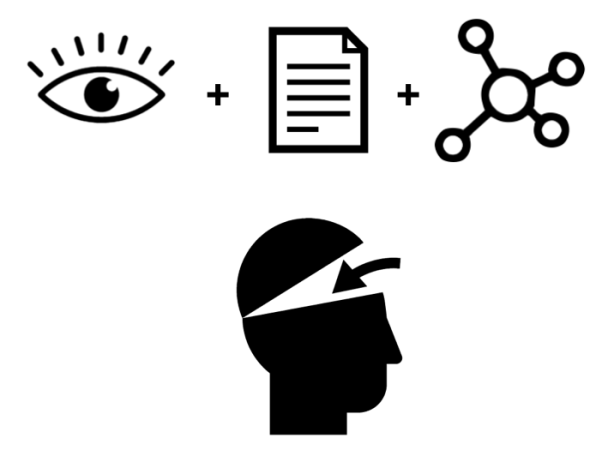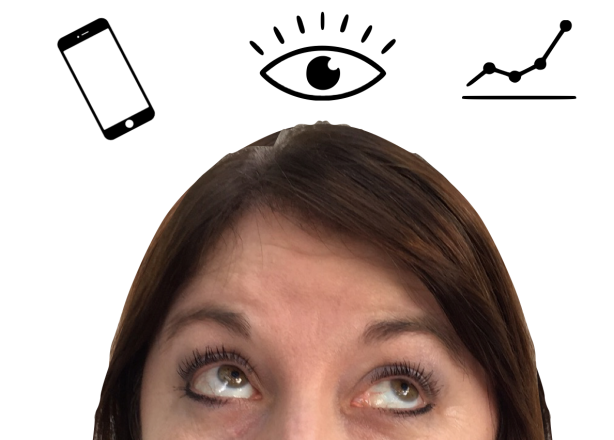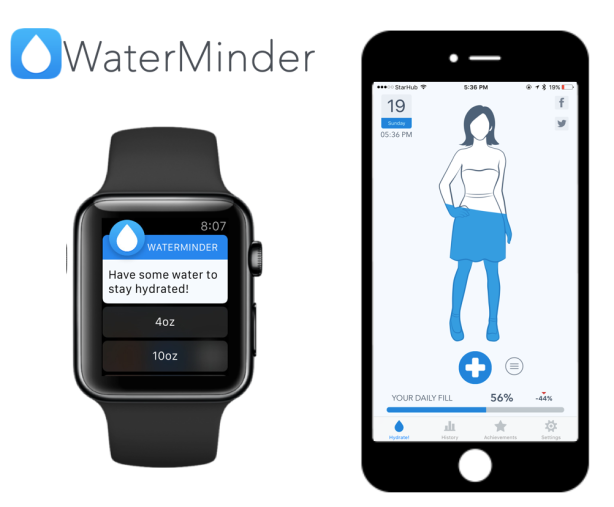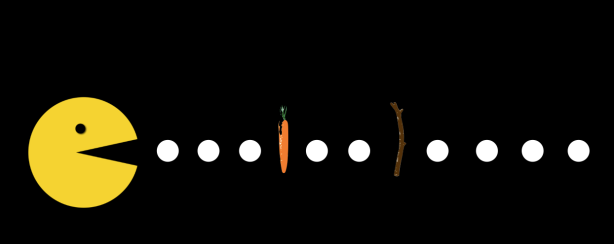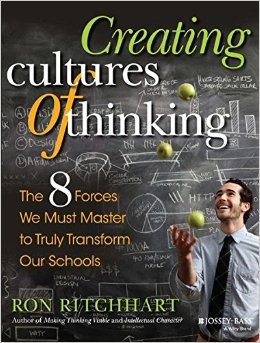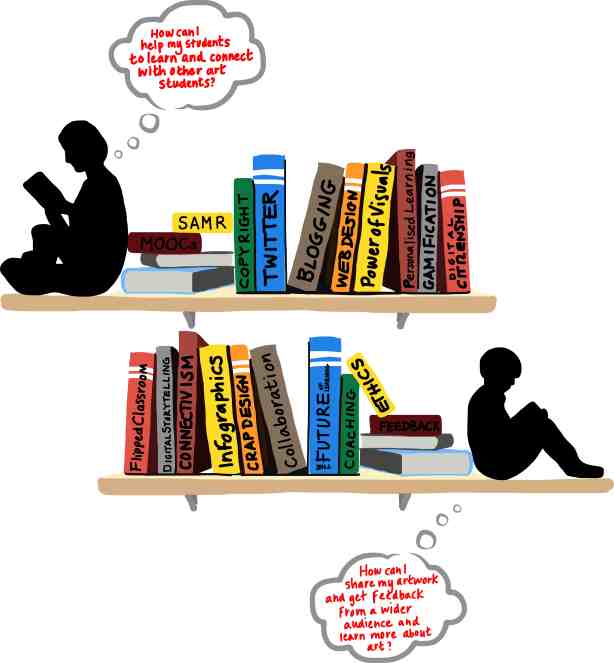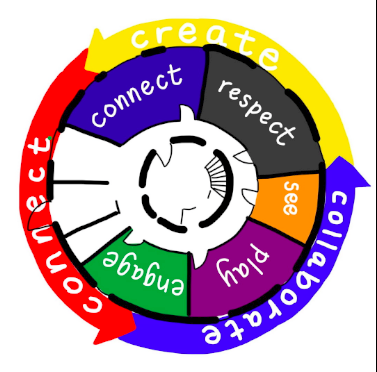
Connect Collaborate Create visual note by Nicki Hambleton made on iPad using Adobe Ideas
“Alone we can do so little but together we can do so much” Helen Keller
All I have ever wanted as a teacher is for students to be happy and relaxed in my classroom and eager to learn. I wish for them to have the courage to tackle tough tasks and to grow as an individual. When I started teaching back in the UK in the 90’s I was young and keen and desperate for the students to get on with me. I felt, and still do, that students work best when they are comfortable and supported and it is still with this philosophy that I teach today.
I remember when I first started teaching, older teachers advised me not to smile for the first 2 weeks. How ludicrous does that sound? Do newly qualified teachers still get told that in the UK? Why on earth would we not want to enjoy our job and show students how much we enjoy it. I could never adhere to that advice and always wear my heart on my sleeve. I have been told I am an open book, that is is blatantly clear if something is wrong. I am a rubbish liar and an even worse actor. However, I have always found the greatest rapport with my students and that is why, years later I still love my job.
I still connect online with students I first taught at a lovely school in the UK. Just today one of my 11 year old tutees is a dad of 2 and running the London marathon. Another is about to have an operation after a knee injury playing Premiership football for the past 17 years. Most are regular mothers, husbands, working adults or students at university. Teaching keeps you young, yet connecting with past students makes you feel old as time passes and they become adults themselves.
Teaching internationally has changed me as an educator and as a person. Connecting has brought the world closer and now we can talk to another person despite their distance. Being an international teacher has also brought connections that have helped me to grow more and Twitter has been at the heart of this. I remember in Ghana when my colleague introduced me to Kim Cofino’s blog Always Learning and it was through Kim that I began to use Twitter far more effectively to reeducate myself in the world of technology and pedagogy. Only when I moved to Singapore did it begin to make more sense through Learning 2 and in particular with Jabiz Raisdana. Being inspired by him to connect and follow, lurk and stalk, I began to develop an understanding of the benefits of Twitter and indeed connecting, but it wasn’t until much later that I had the confidence to give back into the community and form the beginnings of a PLN.
Nowadays my reach is far and eclectic. I have groups of art teachers, sketchnoters, COETAIL groups, International teachers and online friends that have become real friends in life. Joe Teft and I connected first through Learning 2, then COETAIL and eventually met face to face when he moved to Singapore last August to join CIS. We met over wine and talked like long lost friends and this is how powerful connections can be. You develop a depth that cannot necessarily be developed with a classroom colleague or a condominium neighbour. You spend time communicating, asking questions and thoughtfully responding and it is this that I am trying to impart to my students.
The Dating game
I introduced the blog task first to my Grade 8s, believing that they would be the best guinea pigs to try this out on. Most were over 13, keen for some excitement in their day to day existence and active social media participants already. They took to the task, like ducks to water, finding both meaningful learning and fun as the weeks progressed. I still giggle at their funny comments when I introduced the motivational aspect, to encourage them to connect and collaborate with the students in the other 3 schools, when one student asked how many points he would get if he got someone’s number!
But it was with the under 13s that my interest ultimately lies. Those who (legally) cannot connect on Twitter, Facebook or Instagram, many of whom do, albeit superficially and disrespectfully.
As Head of Grade 6, the majority of the issues I have had to deal with in my first year with these impressionable 11 year olds has been through misuse of digital media, clashes online and misinformed conversations through social media. Despite informing parents and guiding students through a structured PSE programme they still use Instagram and Skype and many disagreements are through this. One student, let’s call them “X”, vehemently accused other students of reporting him on Instagram, yet he too had blocked another Instagrammer as she was underage. He spouted threats and accusations on Skype, screenshot by a parent and vowed to find out who they were. The irony was he too was only 11 and should not be on Instagram in the first place.
So my thoughts led to developing a programme that helped Middle School students to learn how to connect in a protected environment and to use similar platforms to connect and learn from. Developing this has been the hardest part of Course 5. Quadblogging has been just the beginning and I have plans to grow the connections further.
Motivation
Looking back I wondered if COETAIL subconsciously included a slight element of gamifying: maximum points for the number of blog posts and connections, encouraging words, being published on Flipboard, retweets, being featured or mentioned on another’s blog or Twitter – this is the kind of incentive that works for adults, not necessarily, points, prizes, rewards. These rewards go deeper and last longer. The knowledge that we have connected and made friendships that do far more than give us prestige that we are top or second on a leaderboard or the fastest poster of COETAIL this week.
These connections have longevity, are real and support and encourage us.
Being part of a PLN

My PLN seen through MentionMapp
Before I joined Twitter, I did not know the benefit of an online PLN and I would have probably baulked at someone who said they had strangers online who they learned from. I joined Facebook back in 2007 when we first lived abroad and I wanted to connect or reconnect with friends in the UK and with students we used to teach. It was a fun way to chat and dip into their lives from afar.
But Twitter became a different entity: it became my learning zone. Until I was introduced to Tweetdeck, I was a little overwhelmed at the sheer amount of information coming at me. I could not fathom how Keri-Lee Beasley could track so many things, add them to Diigo, respond, share and create so much in so little time. I watched her, enthralled, at a conference, listening, tweeting, storifying, sharing notes on google docs and all in the blink of an eye! Nowadays, even though I am nowhere near the league of KL, I can see at a glance the groups of people I follow, the hashtags I am interested in and the individuals I want to learn from.

Tweetdeck
As you can imagine, this is just a section of the many hashtags and groups I follow!
I am sure I still miss out on key things but as I was once told, it is like coming into a room: you step into a group and join the conversation as it happens, you do not worry about what was discussed 5 or 30 minutes previously.
Building a tribe
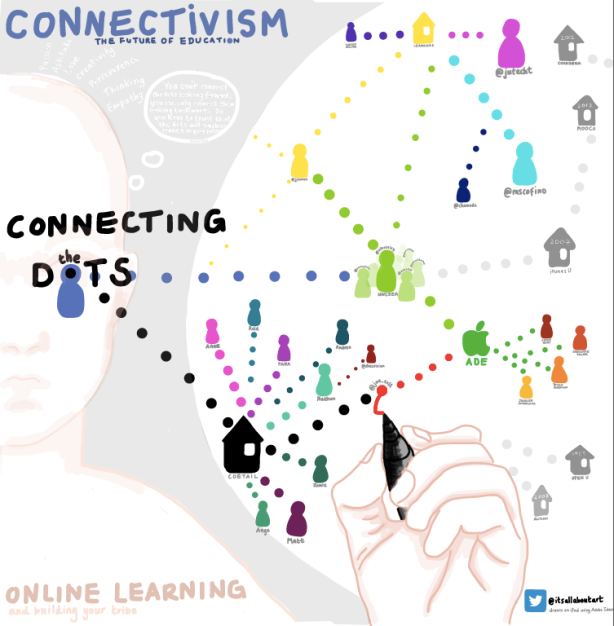
Connecting the Dots visual note by Nicki Hambleton using Adobe Ideas on iPad
COETAIL connections have been more widespread. As I documented in Course 4 (Connecting the Dots) there are often key people in one’s network who you draw most from. Pana, Joe and Matt are the ones I have grown most from as they give so much back to the community and extend my thinking. We often “meet” on Twitter chats beyond COETAIL or in one to one conversations: Pana in #kchatap, Joe in #enviroed and Matt in all things Art. Early on, Jamie, Vivian, Andrea, Clint and Joe helped me gain trust in the system, helping me to believe that I had thoughts and ideas worth writing about, and leaving comments on my posts. Connections I have made often cross platforms, so if I connect on COETAIL I will inevitably search for them on Twitter to continue or extend the conversation. It is through this that we can develop deeper and lasting friendships. Looking back at my activity on the COETAIL page gives me a sense of who I have connected with across the course and beyond the official records on my Gradesheet:
https://www.flickr.com/apps/video/stewart.swf
My main focus of connecting is through the strong friendships that have grown over the course on Twitter. It is not easy to track all my activity on Twitter but I try to remember to use the #COETAIL hashtag frequently when connecting and sharing.
Searching for a good way to view past connections and tweets I stumble on some clever websites. Liking the look of Visible tweets but not seeing it fit for purpose here, I used Tweetbeam to view my connections and conversations on Twitter. I took a screencast to show these many connections, although presented live at an event they would pop up randomly.
https://www.flickr.com/apps/video/stewart.swf
I wondered how I could get my own students to learn better not only in the classroom but beyond. It was with this thought that Course 5 developed and is still developing. Students started tentatively commenting on other student’s blog posts and posting themselves, waiting eagerly for their first response and the beginnings of connecting globally.
But the hardest part for both adults and students is to develop meaningful connections and that is what I have been trying to encourage and build over the past few weeks with my classes, just once a week and within the 75 minute lesson alongside their practical art!
To grow a friendship you have to spend time nurturing it. But how does one invite comments without seeming pushy? How do we ask for feedback online? Often we expect another to respond to our comment and reciprocate on our blog when we have spent time replying to theirs. But it doesn’t necessarily work like that. This is a real lesson to teach our students.
I look back at the record of my connections through COETAIL and my involvement in the community. I was not a very good Diigo user and Google Reader ceased to exist so I built on the growing friendships I had through Twitter to help connect deeper, focusing on responding to the hashtag #COETAIL and searching for like-minded individuals through posts from the online2 cohort. I wish I had done more to reach out further beyond COETAIL, but time is tight as a working mother of 2, in a new role as Head of Grade in a very busy and manic school such as UWCSEA. Add on Learning 2 preparations and I reflect that my connections grew considerably, all things considering. I may not have nurtured enough connections beyond Twitter and COETAIL but sometimes it is better to have fewer stronger friendships than many weaker ones. Or so I tell my kids.
Using Twitter Advanced search I can review specific connections with other Twitter users under #COETAIL or conversations between collaborators or friends. Often, I discover, I have tweeted a lot but not necessarily utilising the hashtag and so it is difficult to see the wood for the trees. Here are some screenshots of the types of more recent conversations on Twitter:
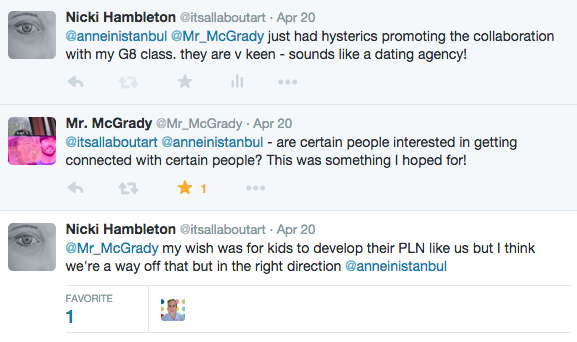
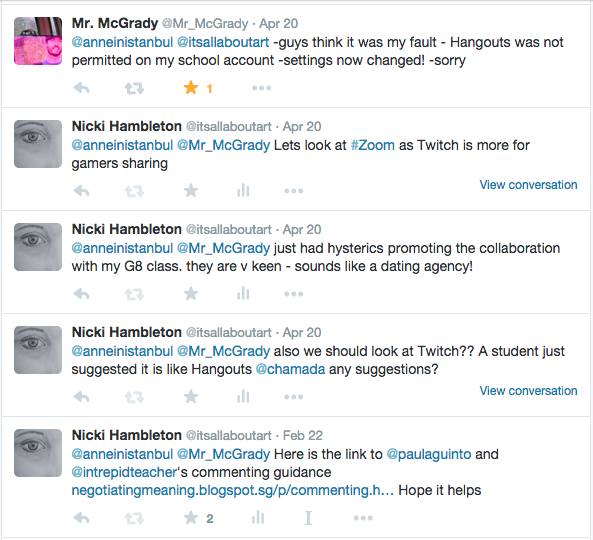
I used to comment diligently each week during Courses 1-4 recording these on my Gradesheet, but within Course 5 it felt more natural to search, comment and connect at particular times and with a wider range of people, some not even connected with COETAIL. I tracked these widespread connections using MentionMapp, a fascinating tool online to see your connections relating to Twitter users and hashtags. Again, I took a video of the screen as I clicked the nodes of connections to show how my reach has developed.
https://www.flickr.com/apps/video/stewart.swf
I would love to pursue this avenue more in order to track connections and their interconnectedness, reminding me of the 6 degrees of separation and how social media brings people closer.
As our online and offline connections brought us together, Anne in China, Matt in Adu Dhabi and two Art teachers from Dubai began to chat more about our connecting project on Gmail. Matt shared the link to a doc so that we could see how Quadblogging could work and our emails have been going back and forth since February, checking, questioning and clarifying:

Gmail connections and conversations
Working closely with my fellow bloggers, Anne and Matt, we attempted to connect on Google Hangouts during Course 5. Our first meet up helped us to see where we wanted to go with the blogging and how it would work in practice. The second was meant to reconnect us visually to review how it had been going and we tried, in vain to record the conversation live. For some reason it did not work out as we had envisioned and we laughed our way through it as I appeared to be talking to myself, watched Anne hear me, although she herself was mute and Matt’s icon with no sound! So much for technology.
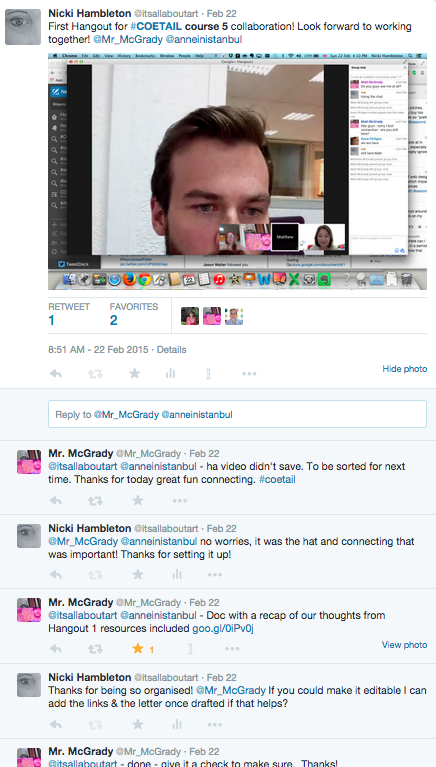
Google hangout and Twitter connections
I recounted this to my students who thought this hilarious but I don’t see them having any success themselves since setting a similar challenge when connecting! However, one such student forged better connections, albeit within our own school community and he evidenced these through his GDrive folder just this last week. He is a quiet and reserved student, keen to do well and he connected with another equally shy boy in another class. Together they talked online about collaborating and even managed a Hangout to talk about possible ideas. I am so pleased that my words meant something and that he was able to connect outside his usual peers. Talking to Pratyay, and viewing his “evidence” we can track back that the connections begun with a comment on his first blog post. They decided to email, then google chat and finally on Hangouts. I look forward to what they manage to collaborate online with art, as other students in China and Abu Dhabi test out Ping Pong, remixing each others artwork. ArtyRemix didn’t really get off the ground back in Course 1, maybe now is the time to resurrect it?

I love that this has followed such a similar thread to how I connect. From initial unknown commenting on COETAIL blogs, to chatting more openly, to video conferencing. Rodd Lucier talked about the 7 Degrees of Connectedness back in 2012 and back in Course 1 I could see how this thermometer of growth could help our students to connect.

Visual Note by Nicki Hambleton Course 1: Connectedness
I see how the tentative commenting at the start of the project began to grow into more confident and natural friendships, like Arran and Pratyay. If only I could get them on Twitter! I think we can see that connecting takes time, not just for ourselves, fully embedded in a connected cohort and confident on Twitter, but for our students. We need to nurture them in forging friendships and finding their tribe. For some it feels awkward, for others it is fun. For most I wish for them to be able to do this beyond the classroom, in preparation for their life ahead of them, immersed in social media, armed with the skills and knowledge to do so safely and authentically.
Since our own fateful afternoon, Anne, Matt and I have discovered other ways to connect, asking our IT specialists and students who suggested Zoom and Twitch. I love that there are multiple ways to connect and have real F2F conversations beyond the tweet or blog comment.
A problem shared
I had much more luck with Hangouts with Pana and Susan last Sunday as we set out to support one another in our final weeks of the course and in sharing our ideas for our final video. Pana invited us (and David) to connect through Google, we logged on, and it worked. We spent a lovely 30-40 minutes supporting one another and genuinely feeling less stressed having shared our thoughts and worries. Even though we did not record or present the Hangout live, so we have no visual record or evidence, we all felt the conversation allowed us to be relaxed and open, which ultimately moved us all forward with our thinking. Through Pana I have connected with other visually interested Tweeters on #kchatap and had some great conversations back in October. It was good to connect with other COETAILers here too and about a subject close to my heart.
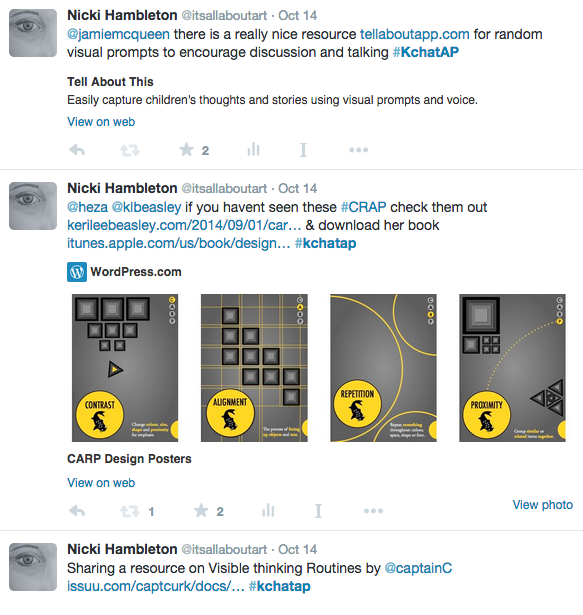
Twitter chat #kchatap on Visual Literacy October 14 2014
Beyond COETAIL
From the #C5 Hangout I went straight on to the #COETAILchat about life after COETAIL. I have found much inspiration connecting from Day 1 with Vivian through Twitter and online chats. She befriended me and I am genuinely grateful for her constant kindness and responses over the year and a half. I enjoyed watching and tweeting throughout the COETAILcasts and then listening to her for real later on in the course. She has been a source of help and support and I would love to continue this one day and pay back her kindness into the community as a mentor myself. There have been numerous connections, old and new, mostly through Twitter, that have generated powerful conversations but it is in connection with COETAIL where I feel the most affinity.
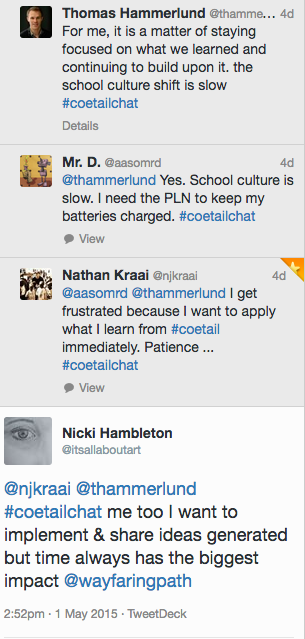
#coetailchat slowchat The impact of COETAIL
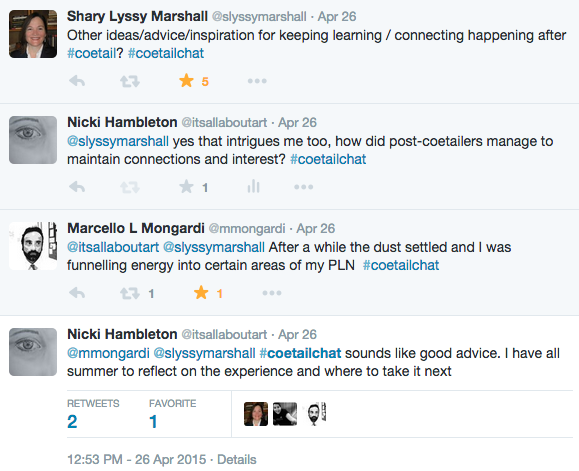
#COETAILchat on life after COETAIL April 26 2015
Beyond COETAIL, I have connections with my immediate colleagues, International educators, Art teachers, Learning 2 and the ADE community. I gain so much from the interactions with these inspiring individuals and I continue to reach out to forge new friendships to connect and grow further.
Questions are the answer

Art Alternation: Antonio’s blog post inviting critique

Replies to Antonio on Art Alternation
This last week, I invited my students to connect on a deeper level with the art students from the other 3 schools and we discussed how this might work. They tracked back who had commented and who had replied back to comments they had left. They looked for the reasons why they commented and whether they had started to develop a rapport and how. Students at AIS specifically asked for questions and my students, from the beginning, were advised to ask and invite questions as part of their lesson in connecting and commenting. It seems that this is at the heart of connecting. Students were frustrated at the length of time it took and some were without comments so this was hard. I knew just how they felt, as I too found it difficult to know sometimes if what I was writing was good enough, interesting or indeed if anyone was actually reading it! Some found the process took too long and were missing valuable class time to learn the practical skills in art. It was a tough task to complete before the end of COETAIL drew nigh.
Back in Course 1, I wrote:
“How do the youth of today connect and grow as learners? In what ways is this different to how we learnt as teenagers and how we now connect to grow and develop as adults?” (I didn’t get to where I am today… February 16, 2014)
I hope by my final COETAIL post I will have reflected more about how students learn, how they can connect and in turn become better individuals. At this point I do not want it to end but to continue: to begin something new. It has almost been like a pilot for the new academic year when Teamie, our online Learning platform, will launch across campus with all students. Through this students will be able to access information, links and connections far more seamlessly and this may help in the process of timing yet also may hinder it. There will become a day when students go to their own tribe of like minded students online, as I do, without it being a mundane, teacher-led task. There will be a day when students will learn in different ways, outside of my classroom by connecting and sharing practice online with other artists, students and teachers.
Until that day, I want to encourage connections, encourage sharing of resources and demonstrations and to inspire them to develop their own learning networks. COETAIL has helped to plant this seed and over time we will see what it bears forth.
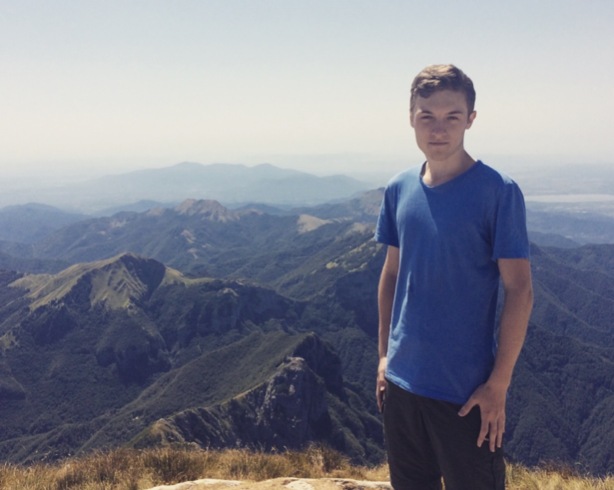
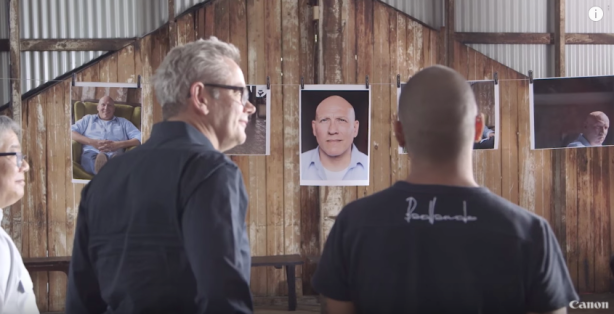
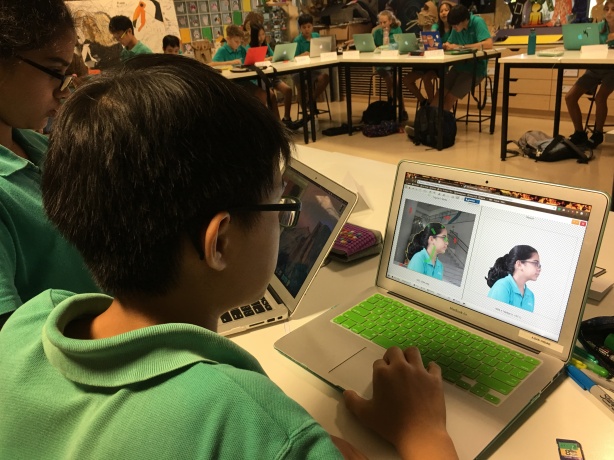


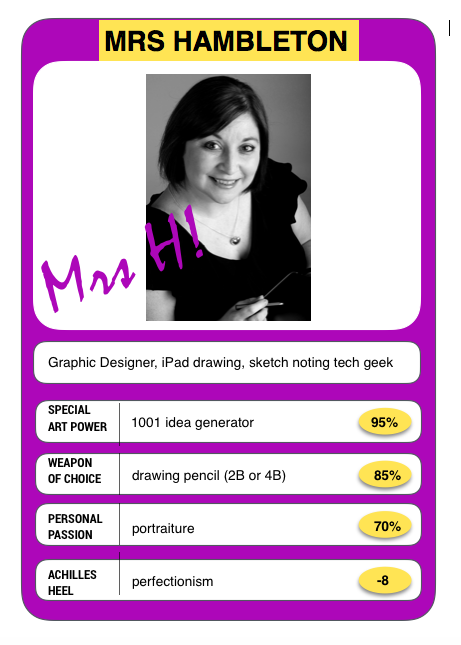
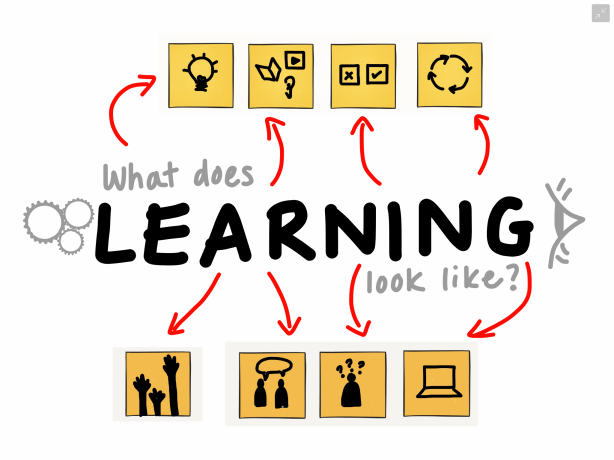

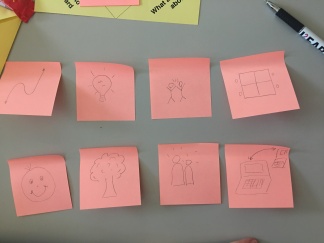
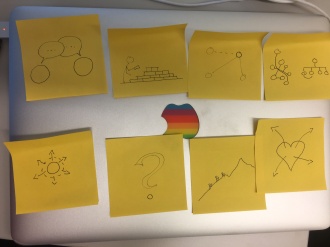
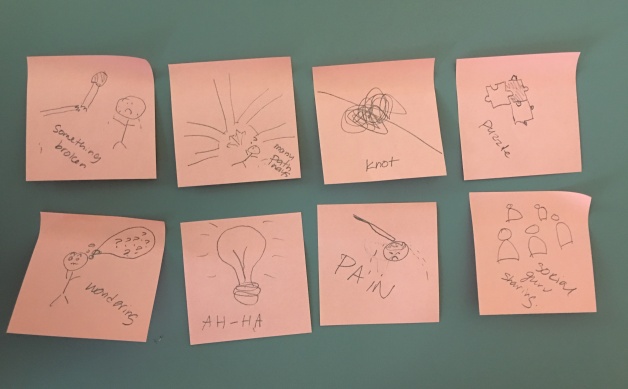

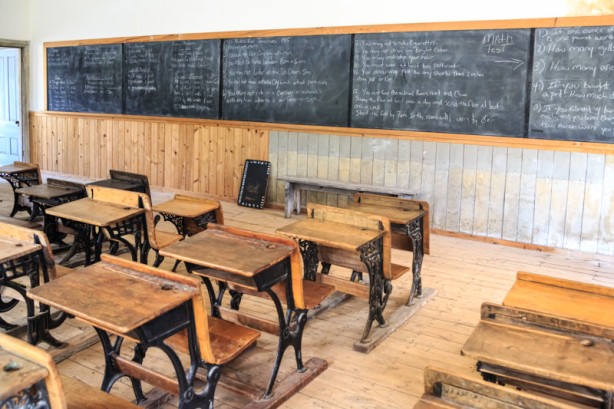
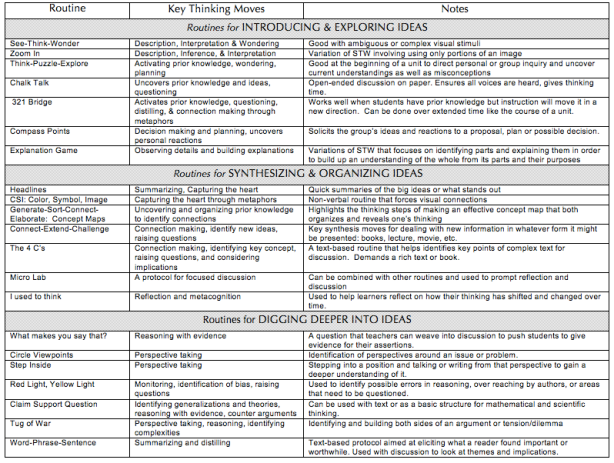
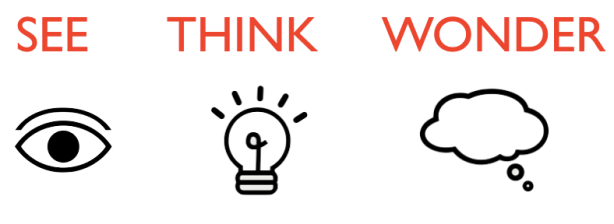
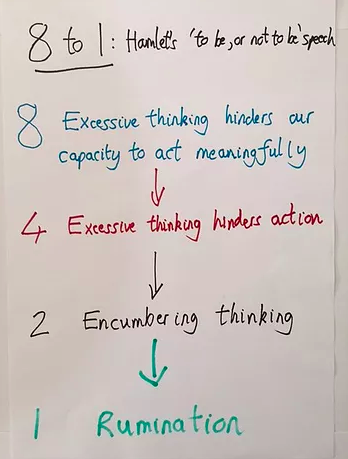
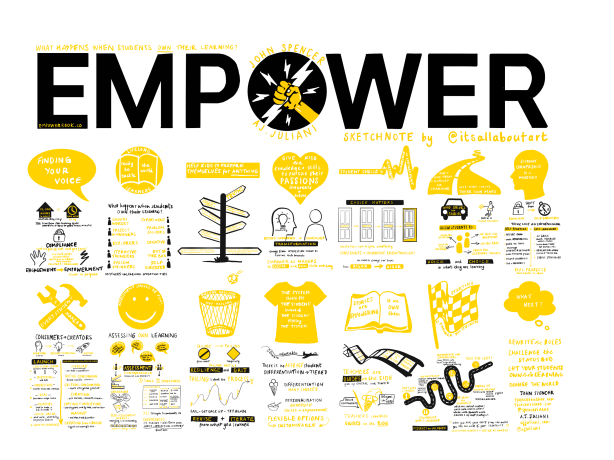
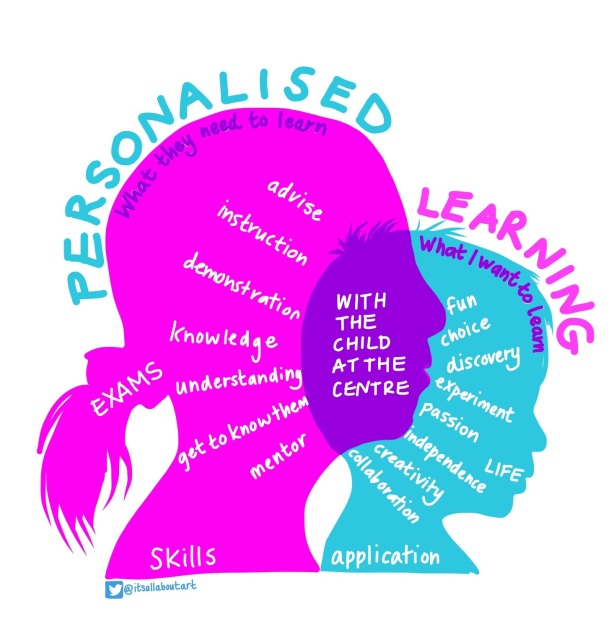
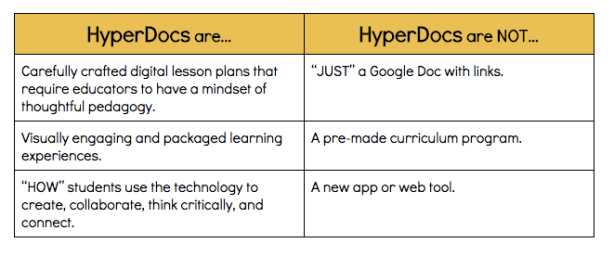
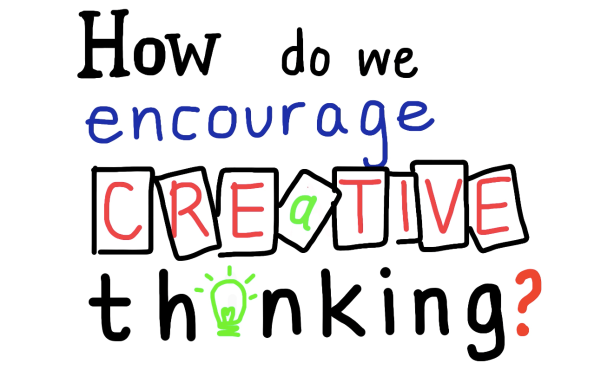


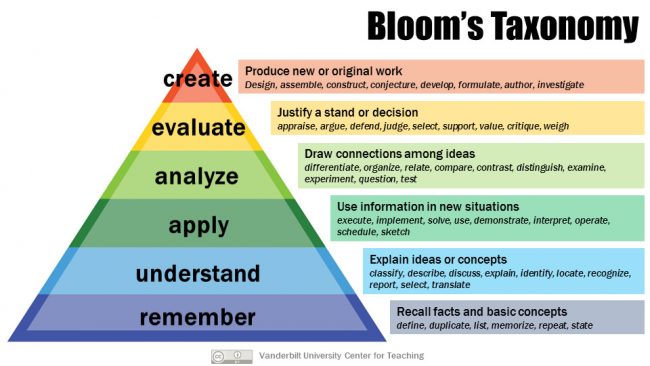
 Photo Credit:
Photo Credit: 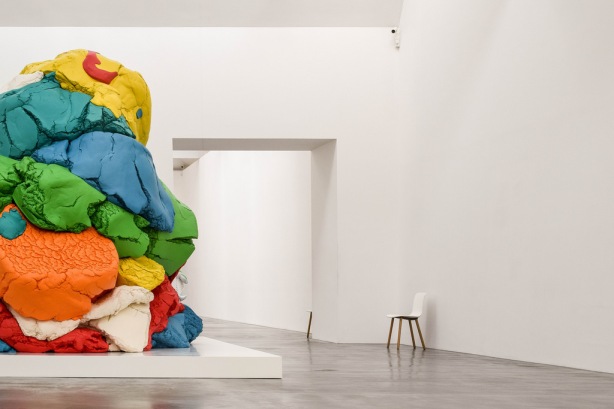
 MIT Mitchel Resnick
MIT Mitchel Resnick


